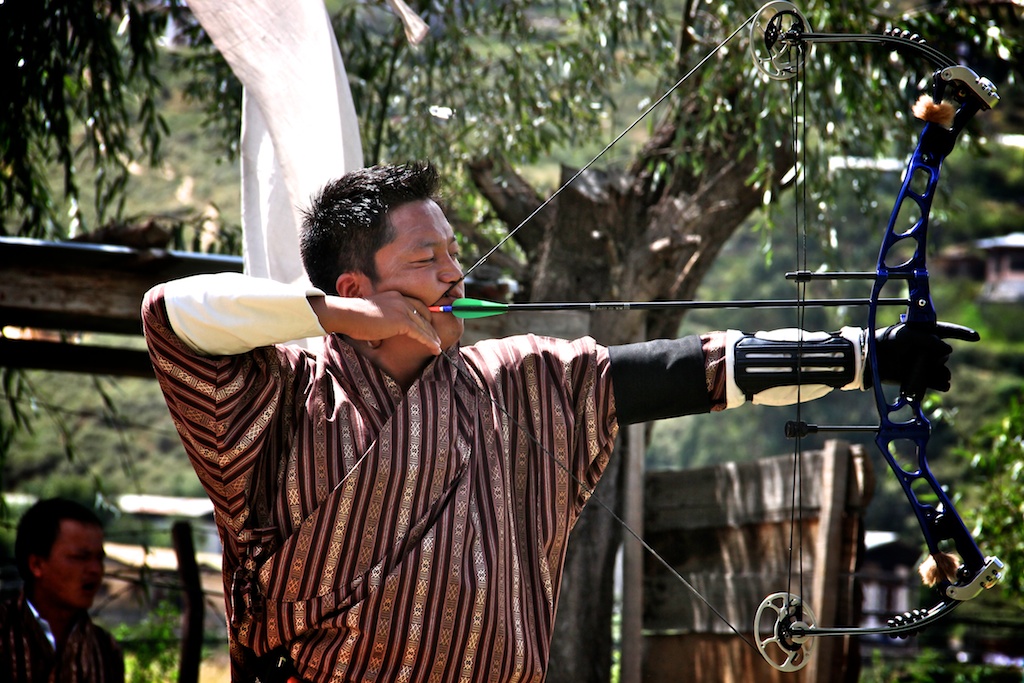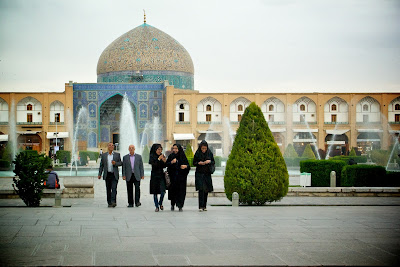People who know us are well acquainted with the fact that we don’t send our kids to school. And in our quest for providing them with a good well rounded education, Travel plays a significant role. International travel or even far flung domestic travel is a distant dream at the moment, due to the pandemic; but this time, we looked forward to another spell of experiential learning with the kids when we decided to drive to Kalimpong and Darjeeling.
I've always nursed the desire to drive to the northernmost part of West Bengal. Yet, somehow had put it on the backburner all these years for various reasons. But this time, when the Corona virus- induced lockdown was lifted, I checked with the wife and kids, and they all agreed to make the trip. Our friends, with their kids, planned to join us directly in the hills, as their kids were too young to be put through the road journey.
Our trusty steed in the journey, Tata Nexon.
Travel plans seldom work perfectly as per plan! On 3rd of April just as we were all ready to leave our son, Isa, developed a cold and fever. We had 2 choices, to risk the journey with him unwell, or to cancel it altogether for the time being. We left the choice on our 7 year old warrior and he gave us the thumbs up. That encouraged us to battle the infection and go through with the journey. Fingers crossed, we prayed that soon he would be well and our family bond would be all the stronger for having made it through the difficult phase. The Universe has always been on our side as far as Travel is concerned. We’ve always had beautiful serendipitous moments in which things have miraculously appeared to fall in place. And this I knew in my heart was going to be no different.
On our first night we stopped at Bari Kothi in Azimganj, Murshidabad. Bari Kothi is unlike any other property in the region. Dating back to the 1700s, It's a partly restored and partly rebuilt mansion belonging to the Dudhoria family. It’s quite an experience to have 50 people waiting on you and rooms showcasing glimpses of a decadent past that the family once enjoyed. It is an expensive experience but a great start in the right direction as far as creating experiences that showcase the heritage of our state is concerned.
Dining in royalty some delicious vegetarian fare at Bari Kothi, Azimgaj.
At Bari Kothi,hospitality was warm, mindful and exactly what our son needed- some rest and homestyle food,including some thoughtfully prepared turmeric laced milk. We walked around the property, experiencing the restoration job, which I sometimes thought was over the top, but then that must have been the life lived in yore- strikingly ,of extreme opulence, what with Bengal contributing a big chunk of India’s GDP at the time. After a complete rest and recovery we moved to our next destination, the Raiganj Tourist Lodge.
The glamorous four poster bed at Bari Kothi, Azimganj.
We were guests of West Bengal Tourism at this location and were informed that the property was undergoing renovation and would be spruced up soon. Although it is attached to the wonderful Raiganj Wildlife Sanctuary, we did not really get much time to explore the same as we had our friends waiting to meet us in Kalimpong. So after a hearty brunch we set off to one of the loveliest drives yet. In a few hours we were engulfed in the wafting smell of tea gardens from the surrounding slopes as we reached the foothills of the Himalayas.
Once you start ascending the altitudes by road, the people, the scenery, the cuisine, everything undergoes a sea change and the pace of Life slows down to a soulful and meditative rhythm. You start driving slower, partly because the roads are serpentine, and partly because there’s breathtaking scenery at every turn. And the whole point of doing the road trip was to stop and enjoy the scenes wherever we thought it was worth it.
Towards the evening just after sunset, we reached our destination, the Kalimpong Village Retreat. It was a lovely property, far from the madding crowd, in the middle of nowhere, with really basic amenities. Exactly what the doctor had ordered for our weary urban souls! It was really cold the night we arrived there but we were treated to some lovely homemade food by our hosts Siddharth and his wife Suprina in the common dining area. We were then shown to our room where we slept like logs till the wee hours of the morning.
Hiking around the Kalimpong Village Retreat.
We woke up to the best sight ever- lovely views of the mountains, freshest air ever, organic farms all around us, the sun shining bright and clear! All the fatigue from our bodies and our souls dissipated and we felt truly rejuvenated. Such was the enthusiasm that the kids sprang out of bed and soon we found ourselves on a hike through the nearby forest! We returned for a quick meal and headed back out to enjoy the nearby stream for a natural jacuzzi. Once all the kids had had their fill of splashing around in the water, it was our turn to enjoy some lovely momos and thukpa in Kalimpong town. We had the most sumptuous feast at a local joint and all of us were hooked to thukpas from there, grabbing one at almost every meal possible! At the Kalimpong Village Retreat, thanks to Sid and his team, the kids learnt about organic farming, about making and using the slingshot, about the rearing of farm animals and other such lovely villagey things. We left Kalimpong heavy hearted but knew that more adventure awaited us in our next destination, Darjeeling.
Kids discover a new skill, the slingshot.
With the Kalimpong Village Retreat team.
Bathing in the river near the Kalimpong Village Retreat.
Our drive from Kalimpong to Darjeeling took us through the beautiful hilltop of Deolo, an amazing destination with or without the stunning views on a clear day. The garden is carefully curated with beautiful flowers and really well maintained. The kids had a ball riding the horses and enjoying the many swings and slides that had been installed there. The Deolo Tourist Lodge has always been reluctant to serve food and this time was no different but we discovered another eatery outside the park that made amazing local food and were all the better for it. From there we headed straight to Darjeeling which took us a good 3 hours thanks to heavy fog along the way. We were forced to drive behind other cars with better fog lights. Eventually we reached Darjeeling and checked into our hotel, the Ramada.
Horse riding in Deolo.
The next few days were spent lazily walking around the Mall Road, visiting the Darjeeling Zoo, having tea with Mrs Oberoi at The Elgin, gorging on momos and thukpas, eating many pastries at Glenary's, English breakfast at Keventer's and indulging in such other Darjeeling staples. Soon it was time to return. And we took a slow and lazy route via Kurseong to bid adieu to the hills. After 2 days of driving we were back home safe and sound, yearning to return to the hills as soon as another opportunity arose.
Offering the Friday namaz at Darjeeling Jama Masjid
Our itinerary:
3 April 2021 - Day 1 - Calcutta to Azimganj - 214 kms in about 5 hours.
4 April 2021 - Day 2 - Azimganj to Raiganj - 211 kms in about 4 ½ hours.
5 April 2021 - Day 3 - Raiganj to Kalimpong - 244 kms in about 7 hours.
6 April 2021 - Day 4 - Kalimpong
7 April 2021 - Day 5 - Kalimpong
8 April 2021 - Day 6 - Kalimpong
9 April 2021 - Day 7 - Darjeeling
10 April 2021 - Day 8 - Darjeeling
11 April 2021 - Day 9 - Darjeeling
12 April 2021 - Day 10 - Darjeeling to Dalkhola - 190 kms in about 6 hours
13 April 2021 - Day 11 - Dalkhola to Calcutta - 450 kms in about 12 hours.
The crooner at the Mall.
The never ever changing Glenary's tea.
The Barfi boy at the Mall.
The doll at the Mall.
We discovered snow in April and could not contain our excitement.
Sheherazad’s best friend has always been the sand. She can never get enough of it to play with.
Our guide gives our son some tips on rafting.
Bumping into an old time friend at the Teesta river.
One of the most elegant addresses of Darjeeling, the Elgin, of the other Oberoi family.
No trip to North Bengal can be called complete without rafting in the Teesta. This time we had to take the easier route as it was the kids’ first rafting experience.
My strong advice to all parents is - Take a road trip with your child. Not only will she learn important life skills along the way but she will also grow a much closer bond with you than was possible without it. We've done road trips in Sri Lanka, Pondicherry, Hyderabad, Australia, Malaysia, Japan et al and can never get enough of it. As soon as this debilitating pandemic is behind us, we promise to make many more such amazing journeys. And so should you. Insha Allah!
These lovely signs are everywhere for tourist selfies.
Exploring the tea gardens.
The thukpa became our favourite meal wherever we went.
Visiting the Peace Pagoda, Darjeeling.

.jpg)













